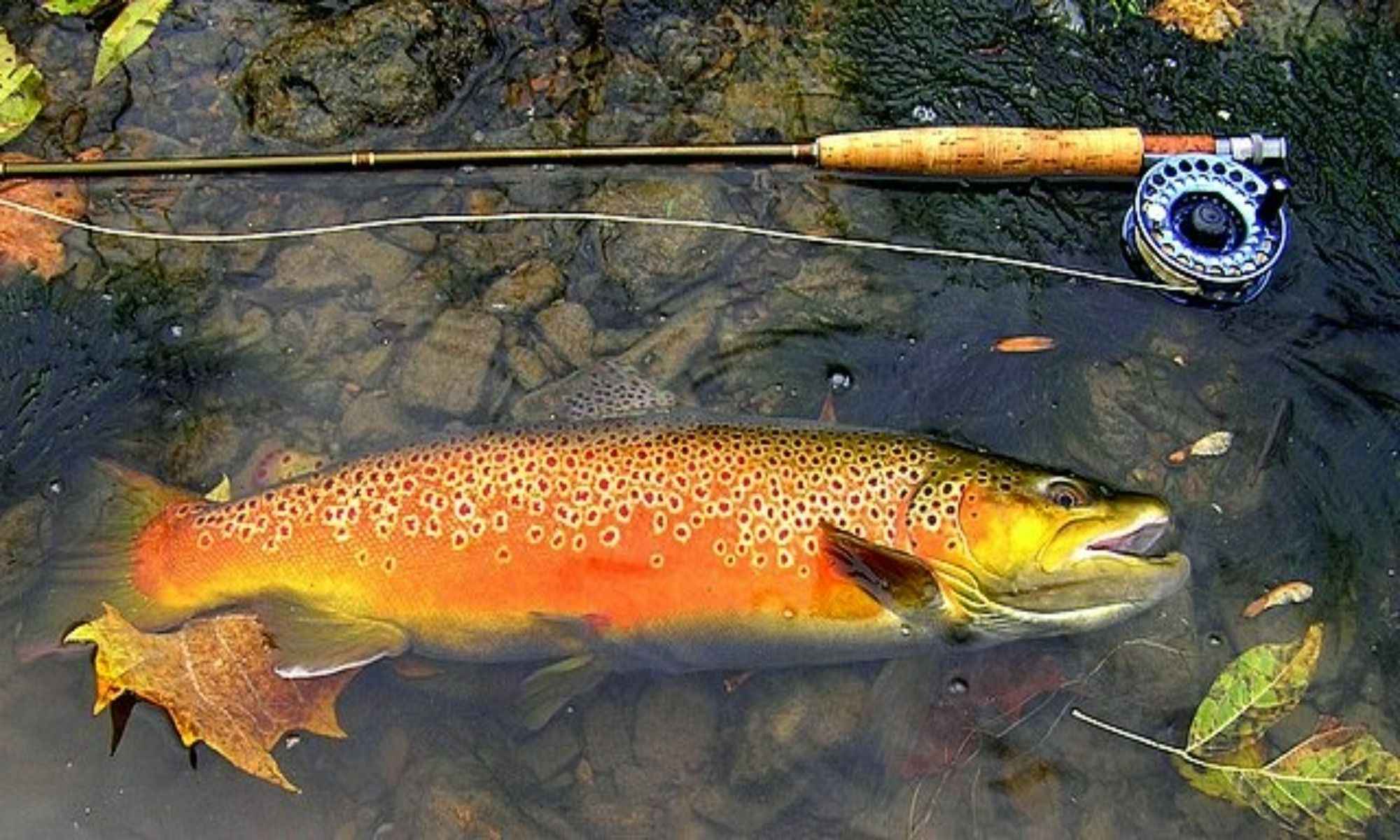Double Nymph Rigs You Should Know About
Double nymph rigs are a great way to fish two nymphs simultaneously.

Double nymph rigs are a great way to fish two nymphs simultaneously. This type of rig is advantageous when catching a fish that feeds on a specific kind of insect. Using two different types of nymphs that mimic various insects can increase catching a fish.
Double Nymph setups are among the most versatile rigs available. They are also ideal for fly fishing and cold-weather fishing. These rigs are important to know if you want to get into double nymphing.
The following article will provide some interesting facts about Double Nymph Rigs.

What You Need to Know

Double Nymph Rigs are available in a variety of sizes and styles. Some rigs are designed to fit rod handles, while others attach directly to the rod. Several leaders are also available, such as fluorocarbon, braided nylon, and monofilament. The tippet is the most crucial component of a double nymph rig since it attaches to your leader and allows you to choose your fly.
Choosing the Material for Your Leader and Tippet
Since you will be using two nymphs, you should get a leader and tippet slightly longer than expected. You can customize your leader and tippet by selecting from various materials. The most common leaders and tippet materials are:
1. Fluorocarbon Leaders And Tippets
The main advantage of fluorocarbon for your leader and tippet is less visible underwater. When fishing with double nymph rigs, you can also use larger, heavier flies.
2. Monofilament Leaders And Tippets
Another popular material for leaders and tippets is monofilament. Monofilament is less visible than fluorocarbon, but it is more sensitive to bites and strikes.
3. Braided Nylon Leaders And Tippets
Leaders and tippets made from braided nylon are the least common type. Braided nylon does not absorb water as monofilament and fluorocarbon do, but it is also less prone to bites and strikes.
Different Rig Weight Variations
When fishing with double nymph rigs, you have several different options for what you can use as weight on your rig. These options are weighted flies or split shots, beads, jig heads, and tungsten weights.

1. Weighted Flies
You can use weighted flies like the Pheasant Tail Nymph and Brassie. These and other weighted flies sink quickly and give you more control over your presentation. When fishing with double nymph rigs, you can also use larger, heavier flies. Other ideal flies include soft hackles, scuds, and black gnats for creating weight on your rig.
2. Split Shot And Beads
Another option for adding weight to your double nymph rig is using split shot or beads. Many anglers prefer to use bead heads with their nymph rigs instead of split shots since beads are more weedless and more manageable to cast than divided shots.
3. Jig Heads And Tungsten Weights
When you need something with the lead weight but it is easier to add and remove from your rig, jig heads or tungsten weights might be the right choice. Double nymph rigs work well with these types of weight.
Common Double Nymphing Techniques
You can use several different techniques when fishing with double nymph rigs. These techniques make your presentation more direct and precise, making the flies easier for fish to find. Some common double nymphing techniques include:
1. Behind-the-Scenes Nymphing
This is the most common double nymphing technique. You cast the first fly to a specific area, and then you will measure your tippet using the distance to where you want to place your second fly. Once you reach that spot, you can put your second fly in front of the area you want to target and present it as naturally as possible.
2. Russian Nymphing
You will drop your flies behind you in this technique instead of measuring out your tippet. When you drop your flies, one or both can drift back over the area you wish to target. Once your flies are back in the zone, you can make a few short casts over the water. This technique is suitable for targeting trout holding close to structure or vegetation.
3. Czech Nymphing
The main difference between this technique and behind-the-scenes nymphing and Russian nymphing is that the flies do not drift back to you. Instead, they slide along the edge of the structure or vegetation in the water where you target fish. If you used behind-the-scenes nymphing, the flies won't be suspended in the water column as they would.
4. Beadhead Nymphing
This technique works well when you target big trout holding in slower water. To pull it off, tie on a bead-head nymph and then cast your line out into the pool or run where you want to target fish. Once your fly is in the zone, use the strike indicator attached to your leader to determine if there's any take.
5. Riffling Nymphing
One of the primary keys to pulling off riffling nymphing is to choose a weighted fly that will sink quickly and naturally in the water column. Once you cast your fly out into the pool or run where you want to target fish, wait until your indicator shows a take and then set your hook. You can also add weight to your rig to give it a more natural drift.
Conclusion
The double nymph rig is an effective way of presenting more than one food option to trout; this also allows you to target different sections of the water column. When it comes to rigging up, you can put weight on your nymph rig with split shot or tungsten beads, which are easier to add and remove from your line than split shot.
There are several different techniques that you can use when fishing with double nymph rigs. Common double nymphing techniques include Behind-the-Scenes nymphing, Russian nymphing, Czech nymphing, Beadhead nymphing, and Riffling nymphing. Each method has its strengths and weaknesses, so it's important to experiment until you find one that works best for your situation.




